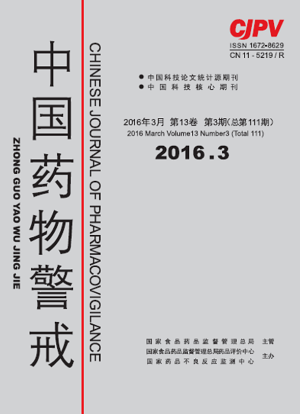|
|
Inhibition and Mechanism of Astragaloside Ⅳ on H22 Ascites in BALB/C Mice
WU Jian-yi, SHEN Qing, JIN Yun-jie, YAO Xiao-xiang, ZHU Ji-hua, ZHU Lin-yu, HUANG Xiao-dong
2016, 13(3):
138-142.
Objective To investigate the inhibition of astragaloside Ⅳ(AsⅣ) on H22 ascites in BALB/C mice and its mechanism. Methods H22 ascites mouse model was established by i.p. injecting 100 BALB/C mice with H22 cells. Mice were then divided randomly into 5 groups: negative control (0.9 % normal saline), positive control (DDP 0.5 mg·kg-1), low AsⅣ dose (0.3 mg·kg-1),intermediate AsⅣ dose (1.0 mg·kg-1) and high AsⅣ dose (3.0 mg·kg-1), 20 of each group, once a day for 14 days. 24 hours after the end of the treatment, mice of each group were executed, calculated the volume of ascites,cell-inhibition rate and the diameter of largest nodule . The content of VEGF in ascites was detected by ELISA, the protein expression was made by immunohistochemical detection of VEGF, MMP-2, MMP-9, AQP-1 and CD31. Results The volume of ascites, largest nodule diameter, tumor cell viability and the content of VEGF were decreased, compared with negative group, the difference was statistically significant (P<0.05). Also the protein expression of VEGF, MMP-2, MMP-9, AQP-1 and CD31 were decreased, compared with negative group. Conclusion H22 ascites in BALB/C mice were inhibited by astragaloside Ⅳ(AsⅣ) through the angiogenesis, inhibiting metastasis associated genes and the expression of aquaporin(AQPs).
References |
Related Articles |
Metrics
|

